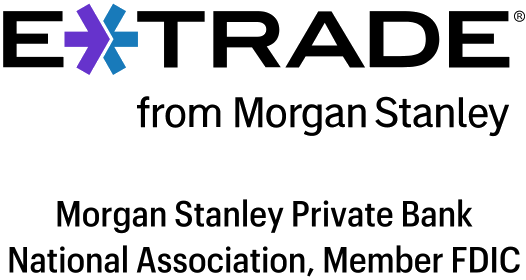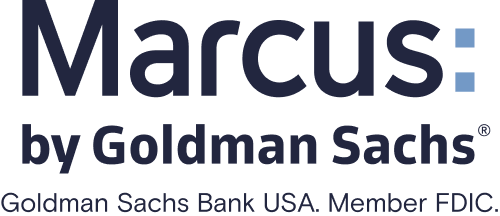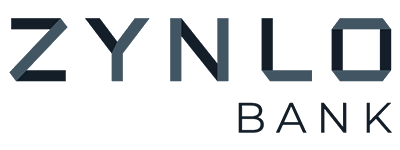Checking vs. Savings Account: The Difference and How to Choose
Checking accounts are best for spending money. Savings accounts have higher interest rates, so they're best for stashing cash.

Many, or all, of the products featured on this page are from our advertising partners who compensate us when you take certain actions on our website or click to take an action on their website. However, this does not influence our evaluations. Our opinions are our own. Here is a list of our partners and here's how we make money.
Checking account vs. savings account
The main difference between a checking and a savings account is that checking accounts are generally used for everyday spending while savings accounts are primarily used for saving and growing your money.
What are checking and savings accounts used for?
Checking accounts are better for regular transactions such as purchases, bill payments and ATM withdrawals. They typically earn less interest — or none.
Savings accounts are better for storing money. Your funds typically earn more interest. You might have a monthly limit on how often you can withdraw money without paying a fee.

Member FDIC
Forbright Bank Growth Savings

4.00%
$0

Member FDIC
Varo Savings Account

5.00%
$0

Member FDIC
E*TRADE Premium Savings

3.50%
$0
How to choose a checking account
Look for an account that either doesn’t charge a maintenance fee or has an easy way to waive it. Some top accounts also earn interest, though rates may come with balance limits and spending requirements. Otherwise, checking account rates are generally lower than what the best savings accounts offer.
Along with no monthly fees, the best checking accounts have free access to nationwide ATM networks. Some even have sign-up bonuses. Checking accounts also offer debit cards as a standard feature. This makes it easy to make everyday purchases.
» Ready to choose? See our picks for the best checking accounts.
Nerdy Perspective
Which checking and savings account features are most important to you?
I always look for no monthly fees because fees can really add up over time. Some checking accounts come with decent interest rates, but it’s especially important to look for high rates on your savings account because that’s where you’ll usually have the bulk of your liquid cash.

How to choose a savings account
The best savings accounts have strong interest rates, no monthly fees and offer easy online bank transfers. Look for accounts with rates that are around 4% annual percentage yield or higher and have no monthly service charges.
You’ll also want to look out for other fees. For example, some accounts charge for making some types of withdrawals, such as online transfers, too frequently. There used to be federally enforced limits on some of these “convenient” withdrawals, capping them at six per month.
The FDIC announced in April 2020 that it would no longer require financial institutions to enforce the withdrawal limit. However, you’ll want to check with the financial institution to confirm if it is still enforcing a limit. If so, you could be charged a fee — usually around $5 to $10 — for each excess withdrawal. (Read more about savings withdrawal limits.)
» Ready to compare savings? See our best high-yield savings accounts list.
The value of high APYs
When you put your money in an account that earns above-average interest, you can grow your balance faster over time, without extra effort. This may not be a large factor for checking accounts — though some do earn interest — because they are designed for spending and not necessarily for growing large balances. But savings accounts are meant to grow, so it is important to maximize the annual percentage yield.
The average savings account rate is just 0.39%, but some banks and credit unions offer much more than the average. The best savings accounts have rates around 4% APY or higher.
You can see the difference a higher APY makes. Say you deposit $5,000 in an account that earns 0.05% APY. After a year, that money earns about $3. But if you deposit that cash in an account that earns 4% APY, you would have about $200 more after the same time period. A high APY may not make you rich, but it does mean more money for no extra effort.
» Make your money work for you: Learn about the best places to save your money to earn interest.
Alternatives to regular savings accounts
A regular savings account isn’t your only option for earning more interest on your money. You could also look into a money market account. These accounts pay interest, just like savings accounts, but they also often come with debit cards or the ability to write checks. The catch is that they also tend to have higher minimum balance requirements.
If you don’t expect to withdraw your money for several months, or have a large amount to deposit — say, $10,000 or more — you could consider a certificate of deposit. CDs usually offer better rates than regular savings accounts because they require you to leave your money deposited for a specified amount of time. They also often have higher minimum deposits.
» Ready to compare CDs? Check out the best CD rates.
Premium checking accounts
Some banks offer premium checking accounts in addition to basic checking accounts for customers with enough assets to qualify for one. These accounts come with a variety of perks, ranging from ATM reimbursements to discounted mortgage rates.
Learn more about the benefits and requirements of premium checking accounts.
See more financial calculators from NerdWallet.
Want to learn more? Here are answers to frequently asked questions about checking and savings accounts.
Are interest rates fixed on savings and checking accounts?
No, rates are variable. They can change over time. Our list of best banks and credit unions for checking and savings shows accounts that consistently have high rates.
If you are looking for a fixed rate, consider opening a CD instead. And if you would like a fixed-rate account that gives you access to your money before the end of the term, a no-penalty CD is an option.
Could I lose my money in a checking or savings account if the bank fails?
Deposit accounts at most banks and credit unions are federally insured up to $250,000 per depositor. If the account is with a bank, the funds would be insured by the Federal Deposit Insurance Corp., while credit unions are federally insured through the National Credit Union Administration. If a bank or credit union were to go out of business, you would not lose your deposit, up to the insured amount.
» Want to know more about how your funds are protected? Read how FDIC and NCUA insurance programs work.
Should I have my checking and savings accounts at the same bank?
There are some benefits to having both accounts at the same bank or credit union. Doing so makes it easy to manage your money and make near-instant transfers between accounts. Some banks also waive monthly fees if you link checking and savings, though they may also require a minimum balance in the combined accounts.
But, pairing your accounts has some downsides. You may not find both the best checking and the best savings accounts at the same institution. For example, banks with some of the highest savings rates don’t always offer checking accounts.
If you're ready to maximize savings but don't want to part with an existing account just yet, consider opening a separate high-yield savings account at a different bank. See our list of banks that are offering high savings rates this month.
CHECKING | SAVINGS | |
|---|---|---|
Purpose | Spending | Saving |
Withdrawal limits | None | Often six per month (excluding in-person and ATM withdrawals) |
Does it pay interest? | Sometimes; typically minimal | Yes; interest rates vary |
Common fees | Expand to see list | Expand to see list |
Typical features | Expand to see list | Expand to see list |













